
NASA/ Hubblesite/ ESA/ Leah Hustak (STScI)/ Ralf Crawford (STScI)
New Hubble Space Telescope observations of a planet 100 light years from Earth have revealed water vapor in its upper atmosphere. But astronomers are still figuring out exactly how much water vapor there is and what the atmospheric composition of this world means for others like it.
With a radius about twice that of Earth, GJ 9827d lies right on the line that divides super-Earths (rocky worlds more massive than our own) from gas-shrouded sub-Neptunes. Although this type of intermediate planet is the most common in the galaxy, we don't have an example in our own solar system, so there is a lot we don't understand about these worlds.
Slightly larger planets are better explained as Neptune, with atmospheres of hydrogen and helium. But this world is close enough to you k-type star, which rotates around it every six days, which would soon have lost such a luminous atmosphere. Instead, the planet is a candidate for a “water world,” not the kind of ocean world inhabited by Kevin Costner, but one with a hot, steamy atmosphere.
The new transmission spectra, in which Hubble observed the spectrum of light passing through the planet's upper atmosphere, supports the water world scenario. Using Hubble to observe the planet as it transited its host star 11 times between 2017 and 2020, a team led by Pierre Alexis-Roy (University of Montreal, Canada) measured the planet's size at near-infrared wavelengths of 1. 1 to 1.7 microns. . At around 1.4 microns, the transiting planet appears larger, indicating that a molecule in its upper atmosphere is absorbing the star's light. And that molecule is water.
However, Roy and his colleagues could not distinguish how much there is water It could be that there is just a trace of water high in a Neptune-like atmosphere. But since such a light atmosphere would have been removed long ago, the most likely scenario is that the observations are picking up water vapor lower in the atmosphere, where 60% of the molecules are water.
Regardless of which scenario plays out, it is still unclear whether the planet has a solid surface or not. In any case, the world is too hot for oceans on its surface.
“Our 'water world' scenario primarily describes an atmosphere where water is very abundant and is perhaps the most abundant molecular species in the atmosphere,” explains Roy. The research is published in the Astrophysical diary.
Prajwal Niraula (MIT), who led the team that discovered GJ 9827d but was not involved in the current study, notes that the team's detection of water vapor is “weaker than we would like it to be, since 3, “39 sigma is right on the verge of becoming significant.” But he also points out that, given the monotonic spectra of other small sub-Neptunes, even that hint of a feature is promising.
“Given the universality of water in the exoplanetary atmosphere and the observed signal, this is a good start to justify further investigation of this goal,” he says.
Observations with the James Webb Space Telescope (JWST) will help, because more information at longer wavelengths can clarify how much water there is and even reveal other molecules in the air, such as carbon dioxide. In fact, Roy confirms, “our group is currently in the middle of an observing program of this very target with JWST.” Stay tuned!







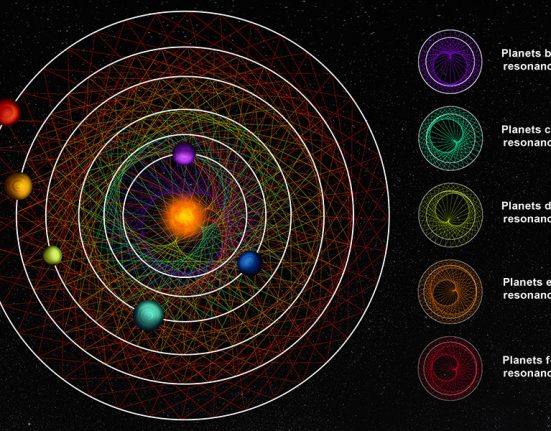
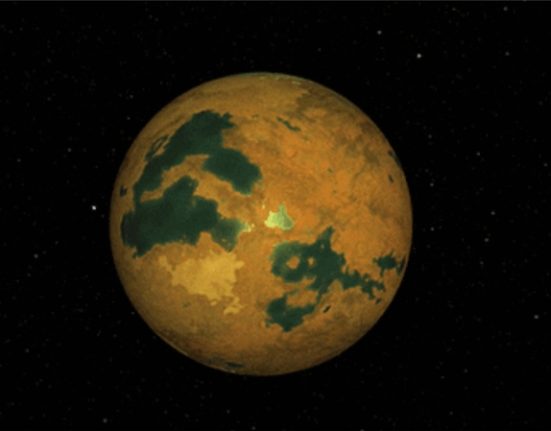
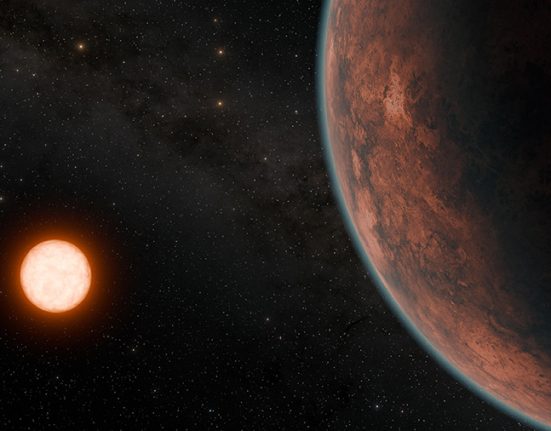
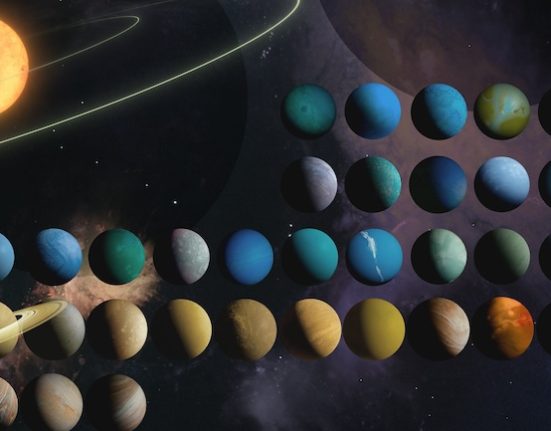
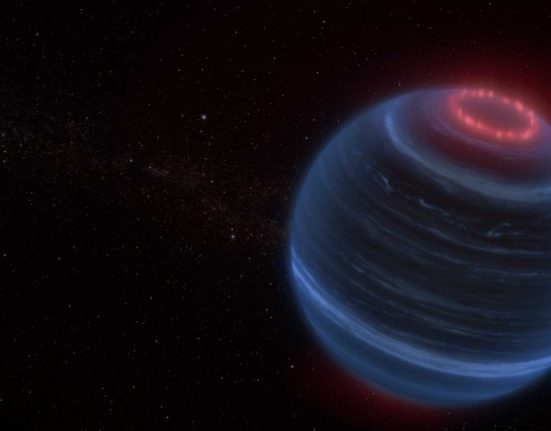
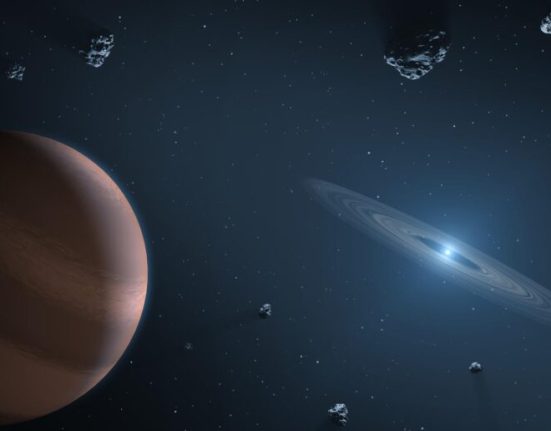
Leave feedback about this